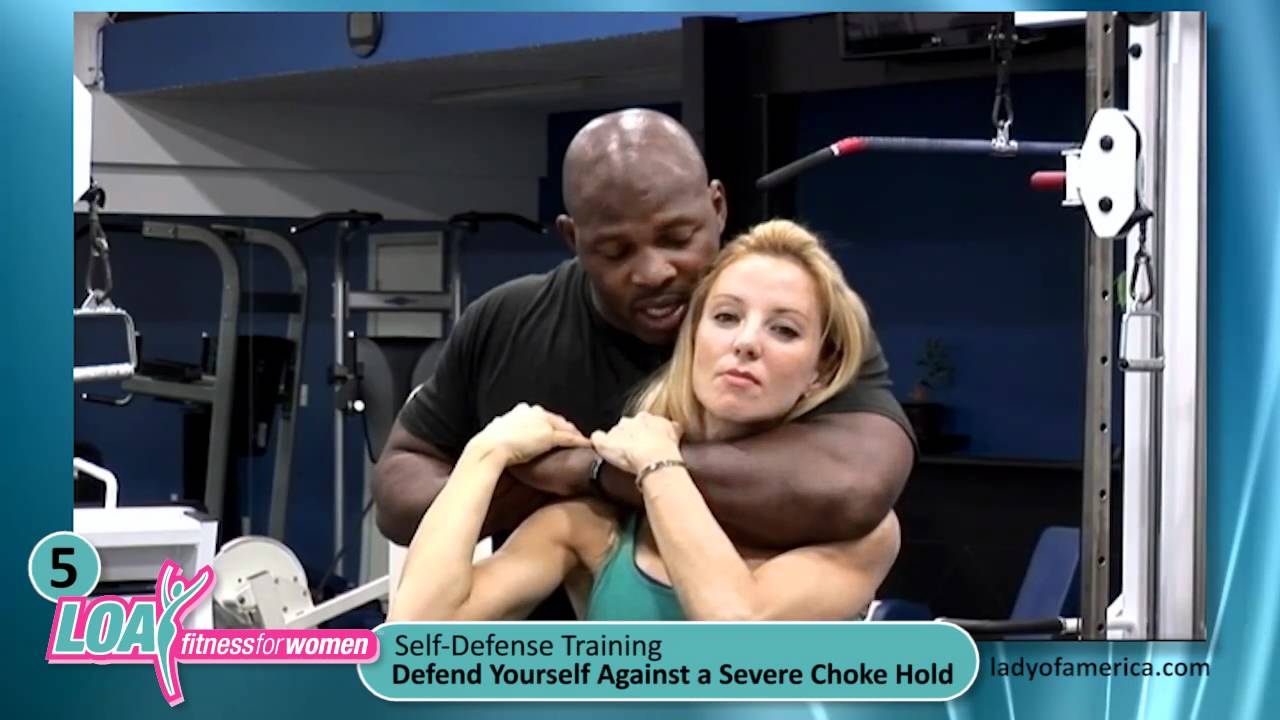Womens Self Defense
Protect Yourself: The Top Defensive Sprays for Personal Safety

In today’s world, personal safety is more important than ever. With crimes such as assault, robbery, and harassment on the rise, it’s crucial to have a means of protecting yourself in case of an emergency. One popular and effective tool for self-defense is a defensive spray, also known as pepper spray or pepper gel. These products are designed to incapacitate an attacker by causing irritation and pain to the eyes, nose, and throat, giving you the chance to escape and seek help.
There are countless options out there when it comes to defensive sprays, so it can be overwhelming to choose the right one for your needs. To help you make an informed decision, we’ve compiled a list of the top defensive sprays for personal safety:
1. Sabre Red Pepper Gel: This pepper gel spray is one of the most popular and trusted brands on the market. It delivers a powerful stream of gel up to 18 feet away, giving you a safe distance from your attacker. The gel formula reduces the risk of blowback in windy conditions, making it a reliable option for outdoor use.
2. Mace Brand Pepper Spray: Mace Brand is another well-known name in the self-defense industry. Their pepper spray products are made with a powerful formula that causes severe irritation to the eyes, skin, and respiratory system of an attacker. They offer a range of options, including compact keychain sprays for easy access in emergencies.
3. Fox Labs Mean Green Pepper Spray: Fox Labs is known for their high-quality pepper spray products, and their Mean Green formula is no exception. This spray is made with a unique dye that marks your attacker for easy identification by law enforcement. It also has a potent 3-million Scoville Heat Units (SHU) rating, making it one of the most powerful options on the market.
4. Kimber Pepper Blaster II: The Kimber Pepper Blaster II is a unique alternative to traditional sprays. It features a compact, ergonomic design and delivers a powerful stream of pepper gel up to 13 feet away. The Pepper Blaster II is also easy to use, requiring minimal aim and pressure to activate, making it a great option for those who may have trouble using traditional sprays.
5. Plegium Smart Pepper Spray: The Plegium Smart Pepper Spray is a modern take on traditional sprays, featuring Bluetooth connectivity and a built-in alarm system that notifies your emergency contacts and local authorities in case of an attack. This advanced technology adds an extra layer of protection and peace of mind for users.
When choosing a defensive spray for personal safety, it’s important to consider factors such as range, potency, ease of use, and portability. Whichever option you choose, be sure to familiarize yourself with how to properly use and store the spray to ensure its effectiveness in case of an emergency. Remember, the goal of carrying a defensive spray is not to engage with an attacker, but to give yourself the opportunity to escape and seek help. Stay safe and be prepared with the right tools for self-defense.
Womens Self Defense
Uniting for Justice: Community Organizations Push for Stronger Self-Defense Legislation

Uniting for Justice: Community Organizations Push for Stronger Self-Defense Legislation
In recent years, the dialogue surrounding self-defense laws has grown more complex and critical, highlighting the need for a re-examination of legal frameworks that govern individual conduct during life-threatening encounters. As issues of personal safety, inequality, and the right to self-defense collide, community organizations across the nation are uniting to advocate for stronger self-defense legislation that not only protects individuals but also addresses systemic injustices.
The Current Landscape
Self-defense laws vary widely from state to state, resulting in a patchwork of regulations that can often leave marginalized communities under-protected. Some states have “Stand Your Ground” laws which give individuals the right to use force without the duty to retreat when threatened. Meanwhile, others adhere to more traditional “Duty to Retreat” principles, requiring individuals to avoid confrontation when possible. This inconsistency can lead to unintended consequences, particularly for people of color and those from lower socioeconomic backgrounds, who might be disproportionately criminalized in self-defense situations.
The Call for Reform
In response to these disparities, community organizations are rallying for legislative change. Groups focused on social justice, civil rights, and public safety are coming together to craft proposals aimed at reforming self-defense laws. These advocates argue that it is essential not only to ensure the right to defend oneself but also to create an equitable legal framework that reduces bias in how self-defense cases are prosecuted and adjudicated.
Key Proposals
-
Enhanced Training and Awareness: One significant proposal advocates for mandatory training in self-defense laws for both civilians and law enforcement. Understanding the legal implications of self-defense can empower individuals to make informed decisions during high-pressure situations.
-
Bias Review Measures: Community organizations are pushing for legislative measures that require law enforcement to undergo training on implicit bias and the historical context of self-defense laws. This could mitigate the risk of racial profiling and ensure that self-defense claims are evaluated fairly.
-
Legal Support and Resources: Providing legal resources and support for individuals who defend themselves can help level the playing field. Advocates suggest establishing funds or programs that can assist with legal fees for those who may not otherwise afford representation in self-defense cases.
- Community Dialogues: Engaging community members in discussions about self-defense can foster better understanding and cooperation. Organizing community forums to discuss individual rights, responsibilities, and personal safety can build trust and provide critical information.
Building Coalitions
Collaboration is at the heart of this movement. Organizations with differing focuses—such as gun rights advocates, domestic violence shelters, youth mentorship groups, and racial justice organizations—are finding common ground in the belief that self-defense is a fundamental right that must be accessible to everyone.
These coalitions are also crucial in countering misinformation about self-defense laws and their implications. By working together, they can foster a more informed public debate and promote legislation that is both just and effective.
The Path Forward
As these community organizations continue to push for stronger self-defense legislation, the conversation around justice, equity, and individual safety remains crucial. Advocates emphasize that any reform must be carefully crafted to protect the rights of all individuals while also addressing the underlying societal issues related to violence and safety.
In conclusion, the united effort of community organizations in advocating for stronger self-defense legislation reflects a growing commitment to justice that transcends traditional divides. By prioritizing equity and informed discourse, these groups are not only advocating for change in the law but are also championing the dignity and safety of every individual in society. The path to reform may be arduous, but the collective action of committed organizations can drive meaningful change in ensuring that self-defense rights are upheld for all.
Womens Self Defense
Self Defense Training For Women In A Bar Scene Or Walking The Mall — Lady Of America

http://www.ladyofamerica.com This is the last of the Lady of America Fitness for Women self defense training videos. This video is …
source
Womens Self Defense
One Punch Man #Selfdefense #Womens selfdefense #Defeat the enemy with one move #Selfdefens
-

 Womens Self Defense11 months ago
Womens Self Defense11 months agoNew Legislation Empowers Women to Defend Themselves
-

 Self Defense News1 year ago
Self Defense News1 year agoShe was convicted of killing her abusive boyfriend. Now a Maple Grove woman is home awaiting a new trial.
-

 Self Defense News1 year ago
Self Defense News1 year agoSelf-Defense for All: The new Gracie Jiu-Jitsu Pasadena is for everyone | Online Features
-

 Womens Self Defense1 year ago
Womens Self Defense1 year agoTop 5 Self-Defense Techniques Every Woman Should Know
-

 Womens Self Defense7 months ago
Womens Self Defense7 months agoUnderstanding State-by-State Variation in Self Defense Laws
-

 Womens Fitness1 year ago
Womens Fitness1 year agoXtreme Bodyweight HIIT (Lots of Jumping!) | Joanna Soh (Fio Series)
-

 Womens Preparedness1 year ago
Womens Preparedness1 year ago10 essential skills for surviving in the great outdoors
-

 Womens Preparedness1 year ago
Womens Preparedness1 year agoEmpower Yourself: A Guide to Female Survival Planning






